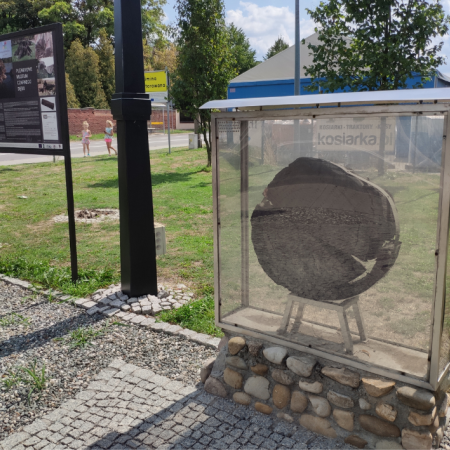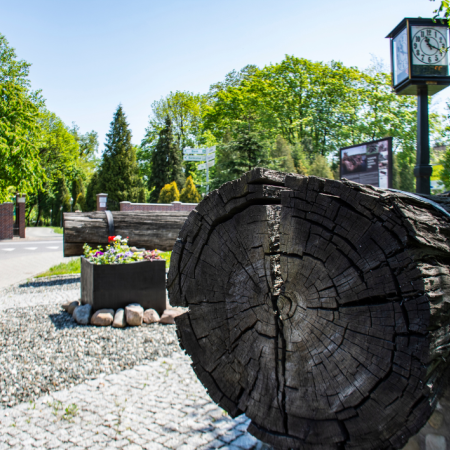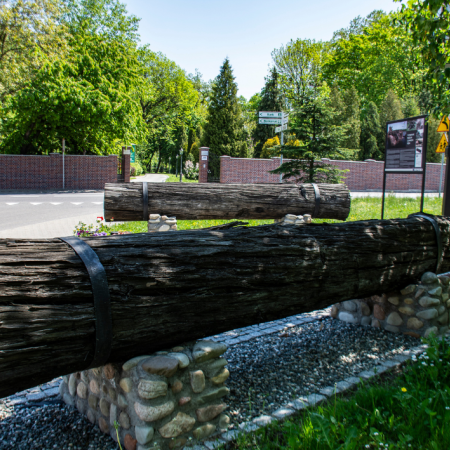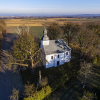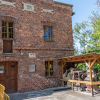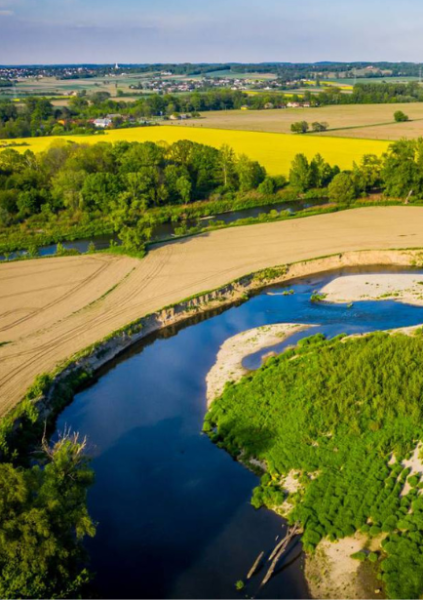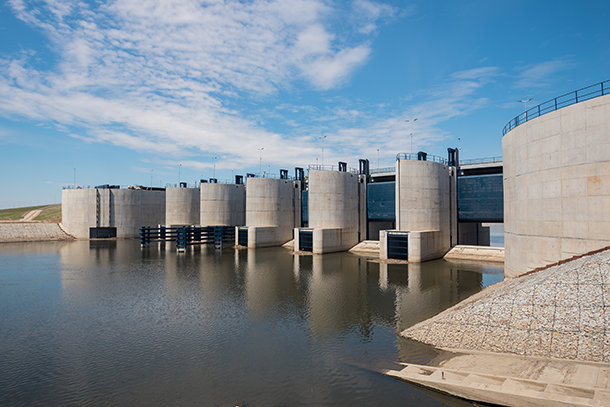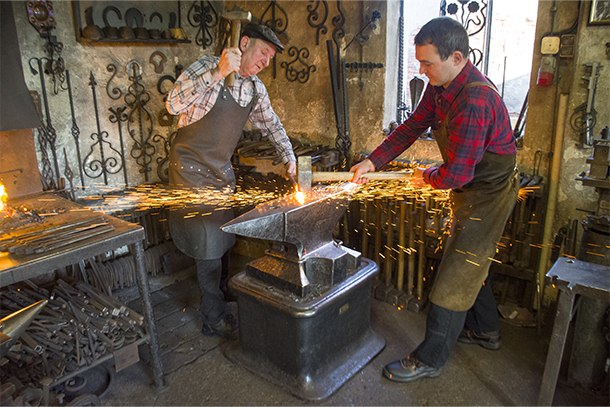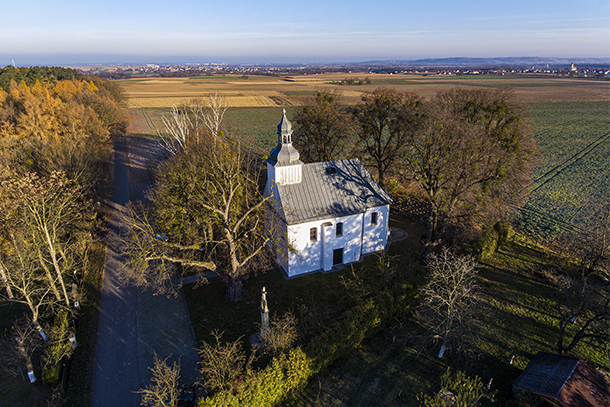- Contrast
- Text
- Scaling
- Content scaling 100%
- Font size 100%
- Line height 100%
- Letter spacing 100%
Polish tourist attractions
- Home
- Tourist attractions
- Polish attractions
- Black Oak Open Air Museum
Black Oak Open Air Museum
In the centre of the village of Krzyżanowice is the Black Oak Open-Air Museum. The exhibition includes two huge oak trunks, a display case with a cross-section of the wood, showing the internal structure of the raw material. Black oak is an extremely difficult to obtain and valuable material. The Black Oak Open-Air Museum was established in the vicinity of the Oder's artificial flood control reservoir, the Buków Polder. This is a floodplain that fills with water during floods and prevents adjacent areas from being flooded. At the polder embankment stands the trunk of a black oak tree, which has been highlighted because of its unusual origin.
Trees growing on floodplains are often flooded, but species such as oaks, willows and elm trees grow despite this. Oak trees are particularly resilient. However, it is only during major floods that trees are sometimes knocked down and their trunks remain under water for a long time, causing them to turn black. Black oak is the name given to the trunk of a pedunculate oak tree, which has remained under the ground or water for a long time until it acquired this colour. The open-air museum in Krzyżanowice presents the fallen trunk of a pedunculate oak which, according to scientific research, germinated around the 11th century and after 350 years was knocked down by a flood to remain under water and soil for hundreds of years. 600 years after the flood, it was exposed here. The surviving fragment of the trunk is impressive.

You can get more information about black oaks, including this particular example, by reading the information board placed next to the fallen trunk. A similar plaque can be seen in the centre of Krzyżanowice. It is worth noting that the oldest and thickest white oak in Poland grows in Racibórz, at 21 Londzina Street. Near the black oak there is a picnic shelter, which the locals call "u Tanta Anny".

Tanty Anna is Anna Otlik, a long-time resident of Roszkowo who became popular with the local people. She survived two world wars, three fires to her home and many floods, including the biggest one in 1997. Local residents called her simply 'Tanty Anna' and anglers who visited the area called her 'Granny'. She was very hospitable and was happy to chat to anyone, treating them to an herbal tea she made herself. When the dike was being built, her house was to be demolished, but in the end only part of the garden was taken, and the dike was built just behind the barn. Anna Otlik died in her home in 2006, aged 98. A plaque hanging on a tree, by the shed, recalls her memory.
Virtual walk
Directions
Tourist attractions
Gallery
-
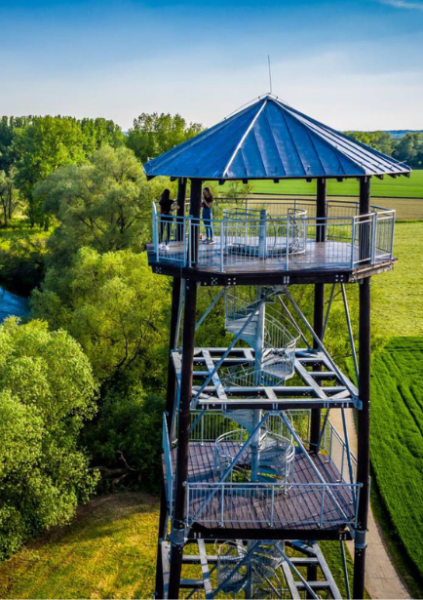
Viewing tower at the Meanders
-
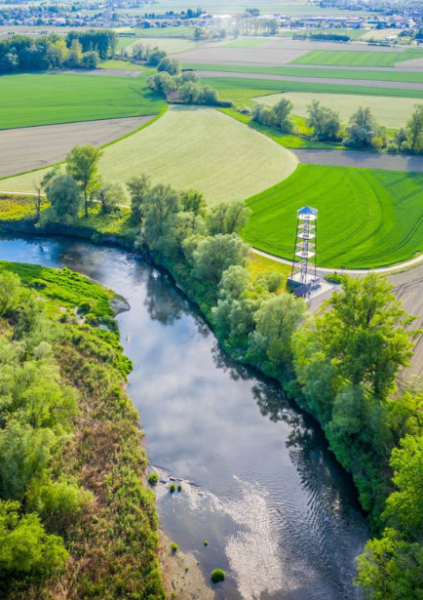
Viewing tower at the Meanders
-

The castle ruins in Tworków
-
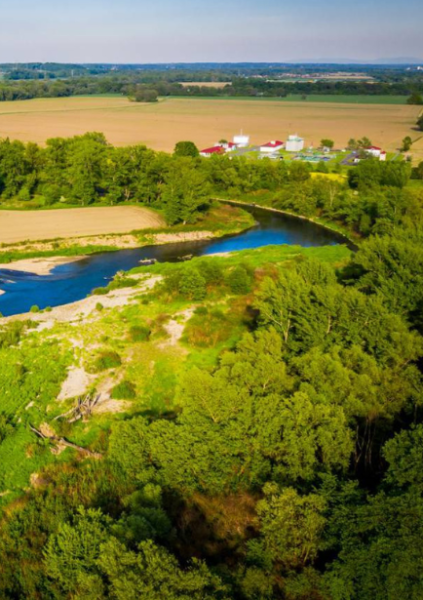
Border Meanders of the River Oder
-

The castle ruins in Tworków
-

Fountain in front of the castle
Tourist attractions - location on the map


Główna Street 5,
47-450 Krzyżanowice
fax. (32) 419 42 34
e-mail:
-
Pn – Śr7.00 – 15.00
-
Czw8.00 – 17.00
-
Pt7.00 – 14.00
Copyright © 2024 Wszelkie prawa zasteżone.
Projekt i realizacja. Strony WCAG dla instytucji - itee.pl





